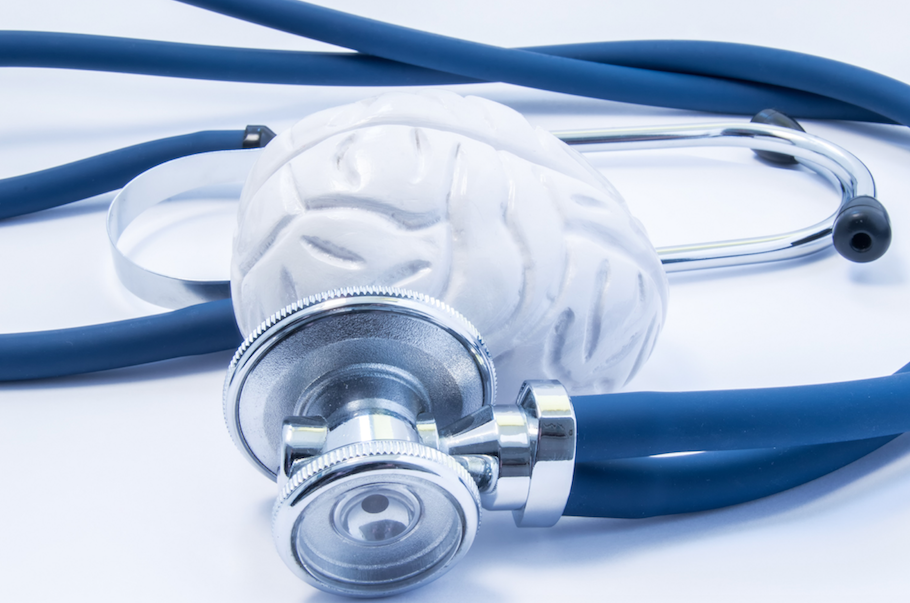TRIGEMINAL NEURALGIA
Introduction
Also known as ‘tic douloureux’, this is an common type of neuralgia (nerve pain) that is associated with agonizing facial pain that makes it difficult to talk or eat. The pain may be severe enough to cause spasms of the facial muscles (i.e. tic). Additional extreme distress may be associated with the recurring fear that the pain may return at any time, with resultant reduced quality of life.
Much can be done to help those afflicted with trigeminal neuralgia.
Trigeminal neuralgia is a diagnosis based chiefly upon talking with the patient and obtaining a detailed history, thus good outcomes are based upon expertise in diagnosis. Once correctly diagnosed, treatment options include medication and neurosurgical procedures such as a microvascular decompression (MVD), needle rhizotomy (e.g. glycerol) and stereotactic radiosurgery (SRS).
Click here to watch a video of Dr Jeremy Russell discussing Trigeminal Neuralgia.

What are the symptoms of trigeminal neuralgia?
- Brief episodes of pain lasting from less than a second to a couple of minutes.
- Often the attacks come in waves, with episodes lasting days to weeks then settling down for a period before returning.
- Pain is usually stabbing, shooting, sharp or “like electricity”.
- Pain is triggered by light facial touch such as talking, eating, brushing teeth, wind, etc
- Pain is located in the face, most often the cheek, lips or jaw, but may also involve the side of the nose, inside of the mouth, eye or forehead.
- Pain is usually confined to one side of the face, but very occasionally be on both sides.
- Pain usually initially responds to carbamazepine (Tegretol) or oxcarbazepine (Trileptal).
Are there different kinds of trigeminal neuralgia?
- Trigeminal neuralgia type 1 (TN1): classical form where episodic lancinating pain
- predominates, also known as “typical TN”.
- Trigeminal neuralgia type 2 (TN2): atypical form where pain is aching, throbbing or burning and constant for >50% of the time, also known as “atypical TN”.
- Trigeminal neuropathic pain (TNP): pain related to unintentional injury to the nerve from facial trauma, ENT surgery, oral surgery, posterior fossa surgery or stroke.
- Trigeminal deafferentation pain (TDP): pain related to intentional injury to the nerve such as rhizotomy, neurectomy, gangliolysis or other denervating procedure.
- Symptomatic trigeminal neuralgia (STN): pain associated with multiple sclerosis.
- Postherpetic neuralgia (PHN): pain following an outbreak of facial herpes zoster.
- Atypical facial pain (AFP): pain predominantly having a psychological rather than physiological origin.
What are the parts (divisions) of the trigeminal nerve?
What causes trigeminal neuralgia?
How is trigeminal neuralgia diagnosed?
How is trigeminal neuralgia treated?
What medicines are used in treating trigeminal neuralgia?
Carbamazepine (Tegretol) and oxcarbamazepine (Trileptal) are the most effective medications and are usually recommended as initial treatments. Gabapentin (Neurontin), pregabalin (Lyrica) and lamotrigine (Lamictal) may also be effective. Whilst these are all anti-seizure medications, trigeminal neuralgia is not a seizure nor is it a form of epilepsy.
Common side effects include drowsiness, confusion, dizziness, nausea and skin rashes. Blood tests are required to monitor for less common problems.
What neurosurgical treatments are available to treat trigeminal neuralgia?
Who is a candidate for these procedures?
What is a Percutaneous Needle Rhizotomy?
Facial numbness is the major drawback to a rhizotomy, but is not usually too troubling. Complications include a small stroke risk (<1%), anaesthesia dolorosa (constant difficult to treat pain despite the face being numb) and an extremely small chance of death. Percutaneous needle rhizotomy is generally reserved for:
What is a Microvascular Decompression?
Most patients wake up with complete or significant pain relief (80 – 90%) and are weaned from their medication over the next one or two weeks. Pain Recurrence of approximately 1-2% per year and is usually treated with a needle rhizotomy or SRS. Sometimes a repeat MVD may be performed.
An MVD offers the greatest chance of long standing pain relief with 70- 80% of patients remaining pain free after 10 years. Stroke risk and death are slightly higher than a needle rhizotomy however still very low (2%), with facial numbness much less common than all other procedures
What is stereotactic radiosurgery (SRS)?
What is glossopharyngeal neuralgia?
Glossopharyngeal neuralgia is a very similar but much less common condition due to a vessel compressing the glossopharyngeal nerve (9th cranial nerve). Pain appears in the back of the tongue, throat and ear. Causes and treatments are much the same as for trigeminal neuralgia. MVD is the treatment of choice when medication fails, this time targeting the glossopharyngeal nerve. Needle rhizotomy and SRS are not appropriate for this condition.
Content on this website is provided for education and information purposes only. Information about a therapy, service, product or treatment does not imply endorsement and is not intended to replace advice from your doctor or other registered health professional. Content has been prepared for Victorian residents and wider Australian audiences and was accurate at the time of publication. Readers should note that, over time, currency and completeness of the information may change. All users are urged to always seek advice from a registered health care professional for diagnosis and answers to their medical questions.
